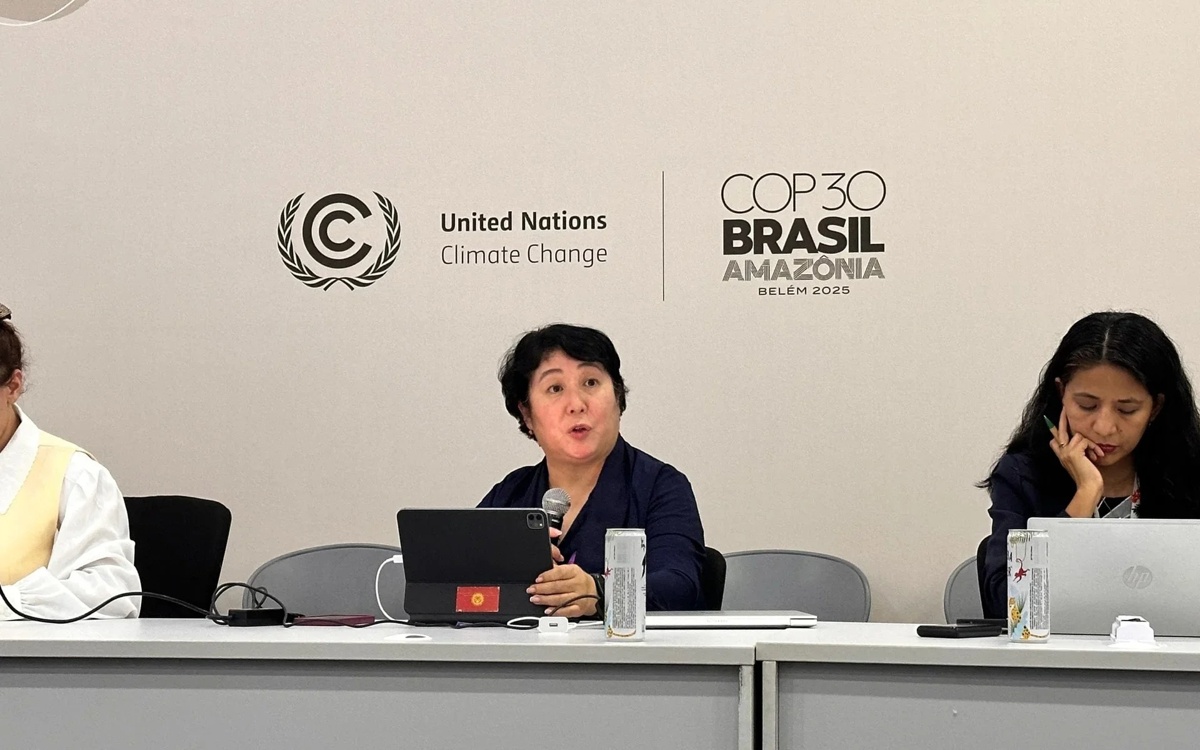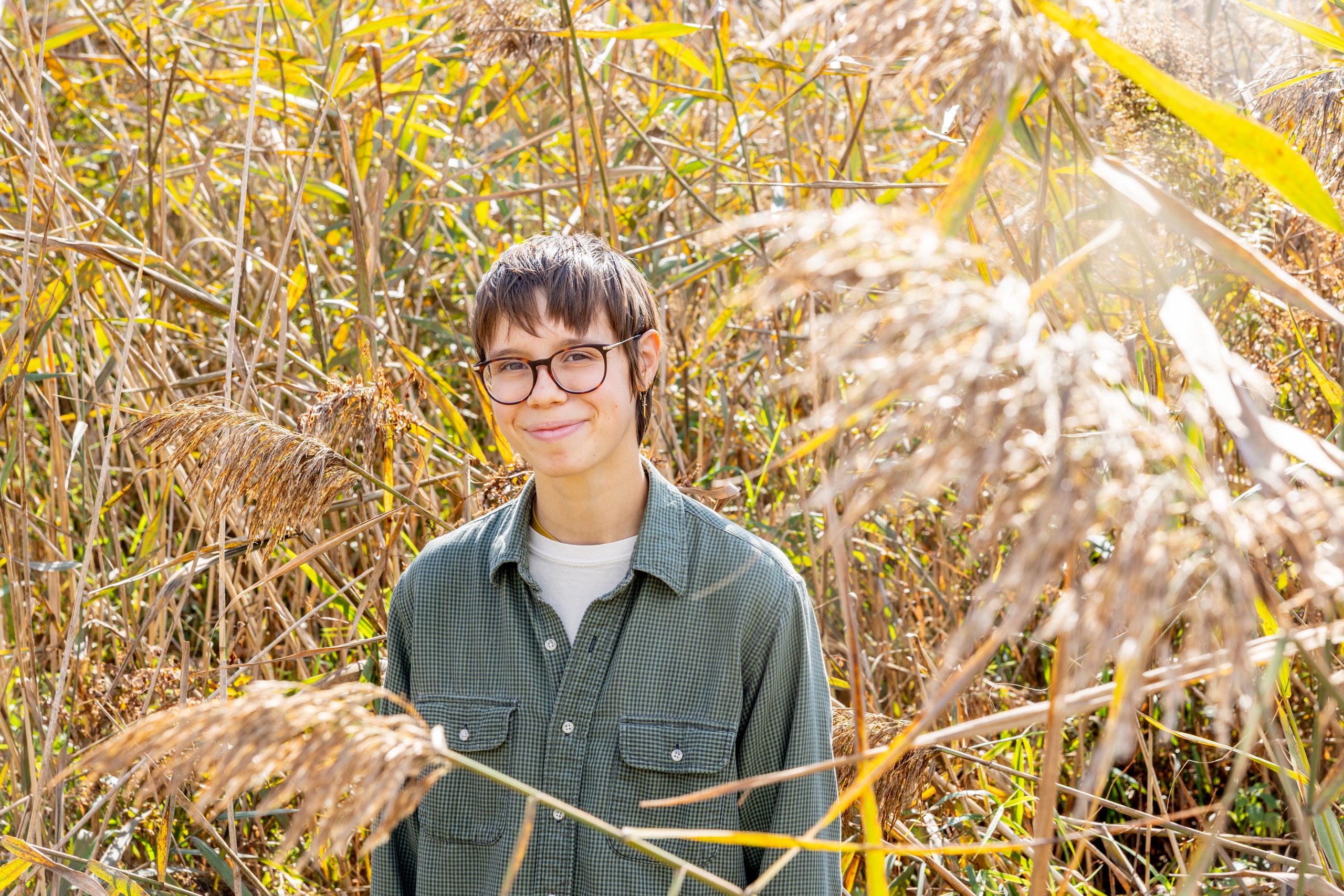Colombia: New film highlights efforts toward environmental restoration – Bahá’í World News Service

Report on a Sustainable Tree Planting Initiative and its Contribution to the Sustainable Development Goals
Initiative Overview
An environmental initiative in Colombia is promoting a novel approach to reforestation, prioritizing long-term stewardship over conventional large-scale planting efforts. The project’s methodology is built on fostering a personal and sustained commitment from participants to nurture individual trees over many years. This approach seeks to cultivate what a representative from FUNDAEC describes as a “deeper, spiritual, and more sustainable connection with the land.”
Alignment with United Nations Sustainable Development Goals (SDGs)
The project’s design and objectives directly address several key SDGs, particularly those related to climate, biodiversity, and food security.
SDG 13: Climate Action
- The initiative serves as a direct response to the climate vulnerability faced by Colombia.
- It addresses climate-related risks affecting all regions of the country, as documented in Colombia’s Third National Communication on Climate Change.
SDG 15: Life on Land
- The project actively works to reverse the degradation of local ecosystems.
- Its emphasis on long-term stewardship and nurturing a sustainable connection with nature is a core tenet of protecting and restoring terrestrial ecosystems.
SDG 2: Zero Hunger
- The initiative directly addresses threats to food security that are exacerbated by climate change.
- By integrating fruit and nut-bearing trees into local gardens, the project contributes to the diversification of local food sources, enhancing community resilience and food security.
SDGs Addressed in the Article
The issues highlighted in the article, such as climate vulnerability, food security, and ecosystem degradation, are directly connected to several Sustainable Development Goals (SDGs). The initiative’s focus on long-term tree planting and stewardship of nature addresses environmental and social challenges.
-
SDG 2: Zero Hunger
The article connects the project to SDG 2 by stating it addresses challenges to “food security.” The initiative aims to achieve this by “integrating fruit and nut trees into gardens,” which helps in “diversifying local food sources.” This directly contributes to creating more resilient and sustainable food systems at the local level.
-
SDG 13: Climate Action
This goal is explicitly relevant as the article states the project “emerges from a recognition that the country faces climate vulnerability” and that “all regions face climate risks.” The act of planting trees is a fundamental strategy for climate change mitigation and adaptation, which aligns with the core objectives of SDG 13.
-
SDG 15: Life on Land
SDG 15 is central to the article’s theme. The project’s emphasis on “long-term stewardship of nature” and its goal to address the “degradation of ecosystems” are core components of this SDG. The initiative promotes a “deeper, spiritual, and more sustainable connection with the land,” which is essential for the protection and restoration of terrestrial ecosystems.
Specific Targets Identified
Based on the article’s content, several specific targets under the identified SDGs can be pinpointed.
-
Target 2.4 (under SDG 2)
This target aims to “ensure sustainable food production systems and implement resilient agricultural practices… that help maintain ecosystems.” The project supports this by “integrating fruit and nut trees into gardens,” which is a resilient agricultural practice that diversifies food sources and helps maintain local ecosystems, especially in the face of the “climate risks” mentioned.
-
Target 13.1 (under SDG 13)
This target focuses on strengthening “resilience and adaptive capacity to climate-related hazards.” The article notes that Colombia faces “climate vulnerability.” The tree-planting initiative is a direct action to build local resilience against these climate risks, thereby enhancing the community’s adaptive capacity.
-
Target 15.3 (under SDG 15)
This target seeks to “combat desertification, restore degraded land and soil.” The article explicitly mentions that the project “addresses degradation of ecosystems.” By planting and nurturing trees, the initiative directly contributes to restoring land and improving its ecological health.
Implied Indicators for Measuring Progress
The article implies several indicators that could be used to measure progress towards the identified targets, even if it does not list official SDG indicators.
-
Indicator for Target 2.4: Diversity of local food sources
The article states the project involves “integrating fruit and nut trees into gardens” to be “diversifying local food sources.” An implied indicator would be the number and variety of fruit and nut tree species planted in local gardens, which directly measures the effort to diversify food production.
-
Indicator for Target 15.3: Area of degraded land being restored
The project’s goal is to address “degradation of ecosystems.” A key indicator for this would be the number of trees planted and successfully nurtured over the years. The emphasis on “long-term stewardship” suggests that the survival rate of these trees is a critical measure of successful ecosystem restoration.
-
Indicator for Community Engagement and Stewardship:
The article highlights the importance of a “personal commitment to nurture each tree over the years.” An implied indicator of the project’s sustainability and success would be the number of participants actively engaged in long-term stewardship, reflecting the cultivation of a “deeper… connection with the land.”
Summary of Findings
| SDGs | Targets | Indicators |
|---|---|---|
| SDG 2: Zero Hunger | Target 2.4: Ensure sustainable food production systems and implement resilient agricultural practices. | Number and variety of fruit and nut trees planted to diversify local food sources. |
| SDG 13: Climate Action | Target 13.1: Strengthen resilience and adaptive capacity to climate-related hazards. | Number of participants making a personal commitment to the initiative, reflecting enhanced community resilience. |
| SDG 15: Life on Land | Target 15.3: Combat desertification, restore degraded land and soil. | Number of trees planted and their survival rate over the years as a measure of restoring degraded ecosystems. |
Source: news.bahai.org

What is Your Reaction?
 Like
0
Like
0
 Dislike
0
Dislike
0
 Love
0
Love
0
 Funny
0
Funny
0
 Angry
0
Angry
0
 Sad
0
Sad
0
 Wow
0
Wow
0












































































